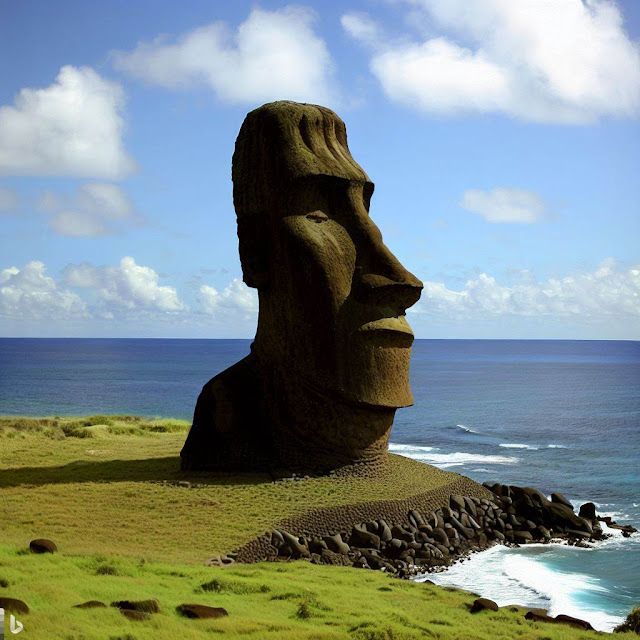April 8: Today in Science History: Celebrating the People and Events that Shaped Our World
.jpeg)
Have you ever wondered what happened on this day in science history? Well, you’re in luck, because I’m going to share with you some of the most interesting and significant events that took place on April 8 in the past centuries. Let’s take a look at some of the discoveries, inventions, and achievements that marked this date in the scientific calendar. Melvin Calvin: The Man Behind Photosynthesis One of the most important figures in biochemistry was born on this day in 1911. His name was Melvin Calvin, and he won the Nobel Prize in Chemistry in 1961 for his work on the mechanism of photosynthesis. He was the first to describe the “dark reactions” of photosynthesis, which occur in green plants through the night, turning carbon dioxide into sugar. He used carbon-14 as a tracer to track the path of carbon atoms through a plant during photosynthesis, from the absorption of atmospheric carbon dioxide to its incorporation into carbohydrates and other organic compounds. He also showed that the...
